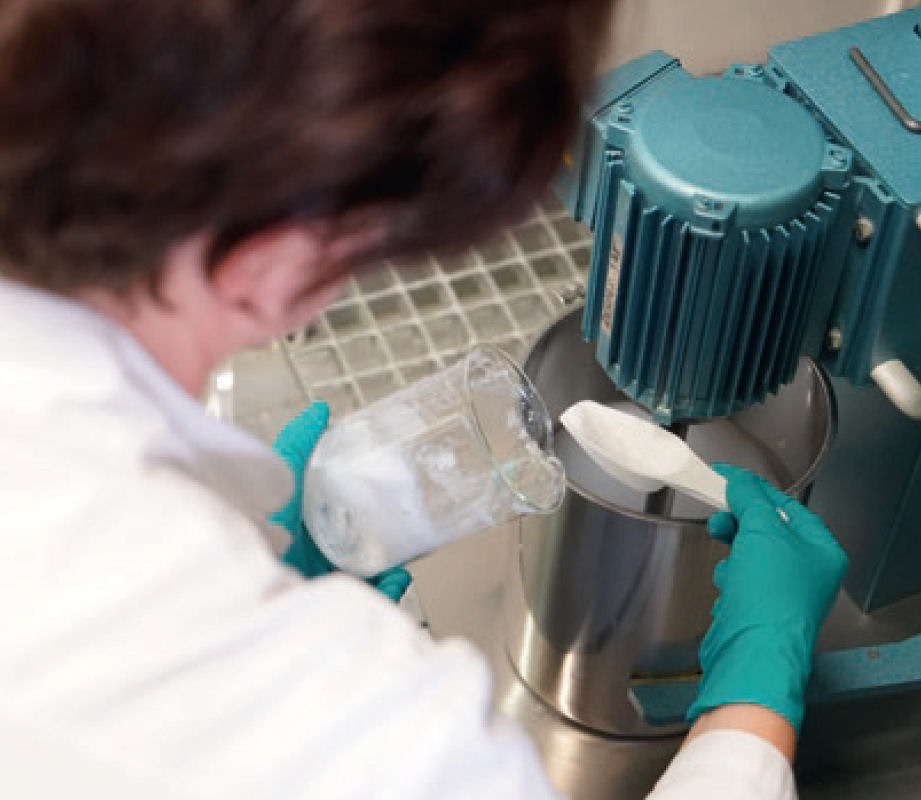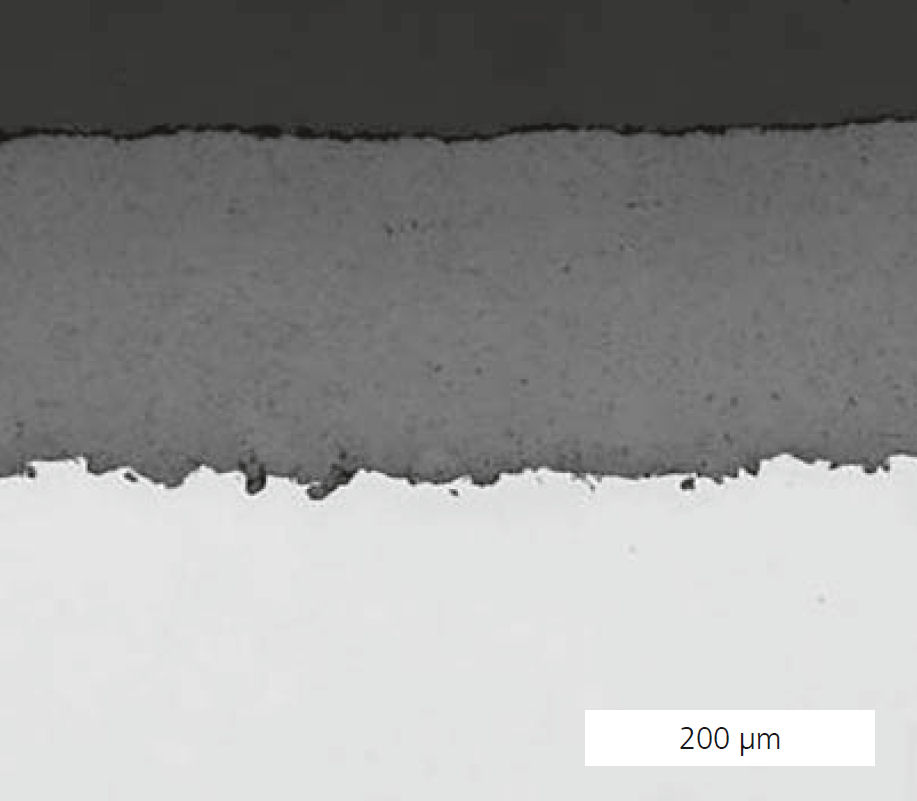Applying ceramic protection coatings is one way of adapting the surface properties of components specifically to the respective application: Al2O3 coatings improve electrical insulation, while Cr2O3 coatings effectively protect metal components against corrosion, and hardmetal coatings are indispensable for wear protection.
Thermal powder spraying is an established process for surface coating. The use of suspensions instead of powders offers decisive advantages, as it allows to produce thin (< 100 μm) and dense coatings with very smooth surfaces. Besides the reduction of raw materials there are economic advantages, too. For example, the otherwise necessary finishing steps for coated surfaces can be either reduced or eliminated altogether. In addition to the process parameters for thermal spraying (suspension high velocity oxy-fuel spraying [S-HVOF], suspension plasma spraying [SPS]), the properties of the processed suspension also determine the coating results. In order to increase the efficiency of the spraying process, the solids concentration must be at least 25 wt %. At the same time, the applied suspension has to be homogeneous to ensure a stable spraying process. Furthermore, viscosity must be low in order to guarantee a good feeding capacity. Carefully chosen raw materials are key for developing high-quality spraying agents. Materials with homogeneous particle size distributions and high purity levels are particularly suited for the development of protection coatings.
Suspension properties are optimized and adjusted by means of electro-acoustic, rheological and sedimentation measurement technology.
In collaboration with the Fraunhofer Institute for Material and Beam Technology IWS, we developed the foundations for implementing the entire process chain on the industrial scale, from feedstock development to coatings with application-specific properties.
One example for the spraying of a suspension resulting in considerably advanced layer properties is Al2O3 layers with strongly increased electrical resistance in humid environments. Also, laser-structured Cr2O3 layers were obtained in very high resolution for paper industry applications. Other types of layers providing hydrophobic properties thanks to their structure and processed raw materials are used effectively as nonstick coating.
Services offered
- Selection, sampling and characterization of raw materials; development of aqueous and solvent-based suspensions for thermal spraying
- Feasibility studies and technology development for the thermal spraying of suspensions in collaboration with IWS

